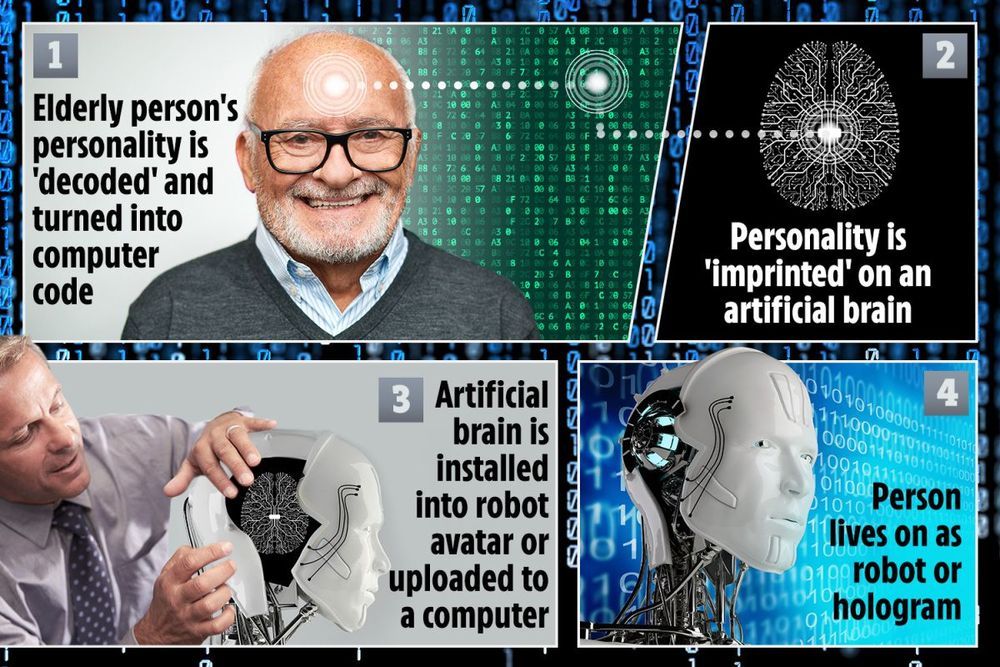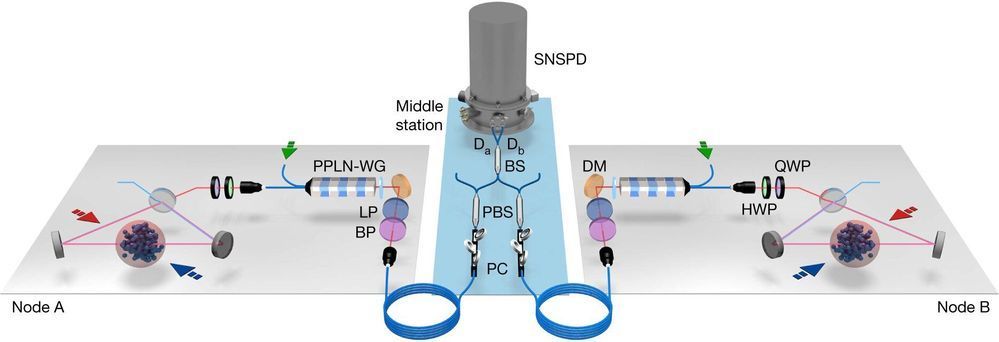Rapporteur warns against trivialising psychological torture as states exploit internet to target individuals.



Handicaps: weak private sector, Soviet-style bureaucracy. Helps: Great STEM education — and history.
More than Western governments and even more than China’s, the Russian government is trying to position itself as a facilitator of innovation in artificial intelligence, the technology that Vladimir Putin said will lead whoever masters it to global advantage. Russia seeks “to go our own way,” said Prime Minister Dmitry Medvedev, borrowing Lenin’s 1917 words about various anti-capitalist ideologies to describe his government’s 21st-century attempt to shake the world.
Those who doubt that this uniquely state-heavy approach can succeed would do well to remember that today’s internet and mobile telecommunications grew out of Pentagon-funded research, that the Soviet Union led the Space Race for a decade, and that U.S. astronauts currently ascend to orbit atop Russian rockets.

There are more theories than facts about polyglots. Because internet lists of polyglots identify mainly men, there’s the belief that the male brain is more predisposed to multilingualism. Others believe that polyglots are disproportionately gay and/or left-handed.
These unfounded theories infuriate Ev Fedorenko, a cognitive neuroscientist at the Massachusetts Institute of Technology (MIT). Her lab is conducting a study seeking to dispel them and establish a basic understanding of how the polyglot brain works.
Recently, a polyglot named Susanna Zaraysky submitted to a two-hour session of tests inside an fMRI machine. Zaraysky speaks nine languages, most of them the usual suspects — French, Spanish, Portuguese, Russian — but also Ladino, the version of Spanish spoken by Jews who were expelled from Spain in the 15th century.

Security of embedded devices is essential in today’s internet-connected world. Security is typically guaranteed mathematically using a small secret key to encrypt the private messages.
When these computationally secure encryption algorithms are implemented on a physical hardware, they leak critical side-channel information in the form of power consumption or electromagnetic radiation. Now, Purdue University innovators have developed technology to kill the problem at the source itself—tackling physical-layer vulnerabilities with physical-layer solutions.
Recent attacks have shown that such side-channel attacks can happen in just a few minutes from a short distance away. Recently, these attacks were used in the counterfeiting of e-cigarette batteries by stealing the secret encryption keys from authentic batteries to gain market share.

A BONKERS Russian billionaire claims he’ll make you immortal by 2045.
Internet businessman Dmitry Itskov, 38, is bankrolling a far-fetched plan to uploaded people’s personalities to artificial brains.
These “brains” can then be jammed into robots or holograms, allowing us to live on forever as artificial versions of ourselves, Dmitry claims.

Moving ever closer to the Web v.5.0 – an immersive virtual playground of the Metaverse – would signify a paramount convergent moment that MIT’s Rizwan Virk calls ‘The Simulation Point’ and I prefer to call the ‘Simulation Singularity’. Those future virtual worlds could be wholly devised and “fine-tuned” with a possibility to encode different sets of “physical laws and constants” for our enjoyment and exploration.
We are in the “kindergarten of godlings” right now. One could easily envision that with exponential development of AI-powered multisensory immersive technologies, by the mid-2030s most of us could immerse in “real virtualities” akin to lifestyles of today’s billionaires. Give it another couple of decades, each of us might opt to create and run their own virtual universe with [simulated] physics indistinguishable from the physics of our world. Or, you can always “fine-tune” the rule set, or tweak historical scenarios at will.
How can we be so certain about the Simulation Singularity circa 2035? By our very nature, we humans are linear thinkers. We evolved to estimate a distance from the predator or to the prey, and advanced mathematics is only a recent evolutionary addition. This is why it’s so difficult even for a modern man to grasp the power of exponentials. 40 steps in linear progression is just 40 steps away; 40 steps in exponential progression is a cool trillion (with a T) – it will take you 3 times from Earth to the Sun and back to Earth.
This illustrates the power of exponential growth and this is how the progress in information and communication technologies is now literally exploding – by double-improving price-to-performance ratio roughly once a year. This is why you can see memory cards jumping regularly from 32MB to 64MB, then to 128MB, 256MB and 512MB. This is why your smartphone is as capable as a supercomputer 25 years ago. This is why telecommunication carriers are actively deploying 5G wireless networks, as you read this article.


VICE gained exclusive access to a small fleet of US Army bomb disposal robots—the same platforms the military has weaponized—and to a pair of DARPA’s six-foot-tall bipedal humanoid robots. We also meet Nobel Peace Prize winner Jody Williams, renowned physicist Max Tegmark, and others who grapple with the specter of artificial intelligence, killer robots, and a technological precedent forged in the atomic age. It’s a story about the evolving relationship between humans and robots, and what AI in machines bodes for the future of war and the human race.
About VICE:
The Definitive Guide To Enlightening Information. From every corner of the planet, our immersive, caustic, ground-breaking and often bizarre stories have changed the way people think about culture, crime, art, parties, fashion, protest, the internet and other subjects that don’t even have names yet. Browse the growing library and discover corners of the world you never knew existed. Welcome to VICE.
Connect with VICE:
Check out our full video catalog: http://bit.ly/VICE-Videos
Videos, daily editorial and more: http://vice.com
More videos from the VICE network: https://www.fb.com/vicevideo
Like VICE on Facebook: http://fb.com/vice
Follow VICE on Twitter: http://twitter.com/vice
Follow us on Instagram: http://instagram.com/vice
The VICE YouTube Network:
VICE: https://www.youtube.com/VICE
MUNCHIES: https://www.youtube.com/MUNCHIES
VICE News: https://www.youtube.com/VICENews
VICELAND: https://www.youtube.com/VICELANDTV
Broadly: https://www.youtube.com/Broadly
Noisey: https://www.youtube.com/Noisey
Motherboard: https://www.youtube.com/MotherboardTV
VICE Sports: https://www.youtube.com/NOC
i-D: http://www.youtube.com/iDmagazine
Waypoint: https://www.youtube.com/Waypoint

A team of researchers affiliated with several institutions in China has succeeded in sending entangled quantum memories over a 50-kilometer coiled fiber cable. In their paper published in the journal Nature, the group describes several experiments they conducted involving entangling quantum memory over long distances, the challenges they overcame, and problems still to be addressed.
Over the past several years, scientists have been working toward the development of a quantum internet—one very much the same as the present-day network, but with much stronger security. One such approach is based on the development of quantum keys that would allow parties to a private conversation to know that an interloper is eavesdropping, because doing so would change the state of the keys. But in such systems, measurements of the quantum state of the keys is required, which can be impacted by environmental conditions, making the approach nearly impractical.
Another approach involves using entangled particles to form a network—but this has proven to be difficult to implement because of the sensitivity of such particles and their short lifespan. But progress is being made. In this new effort, the researchers in China succeeded in entangling quantum memory between buildings 20 kilometers apart and across 50 kilometers of coiled cable in their lab.
